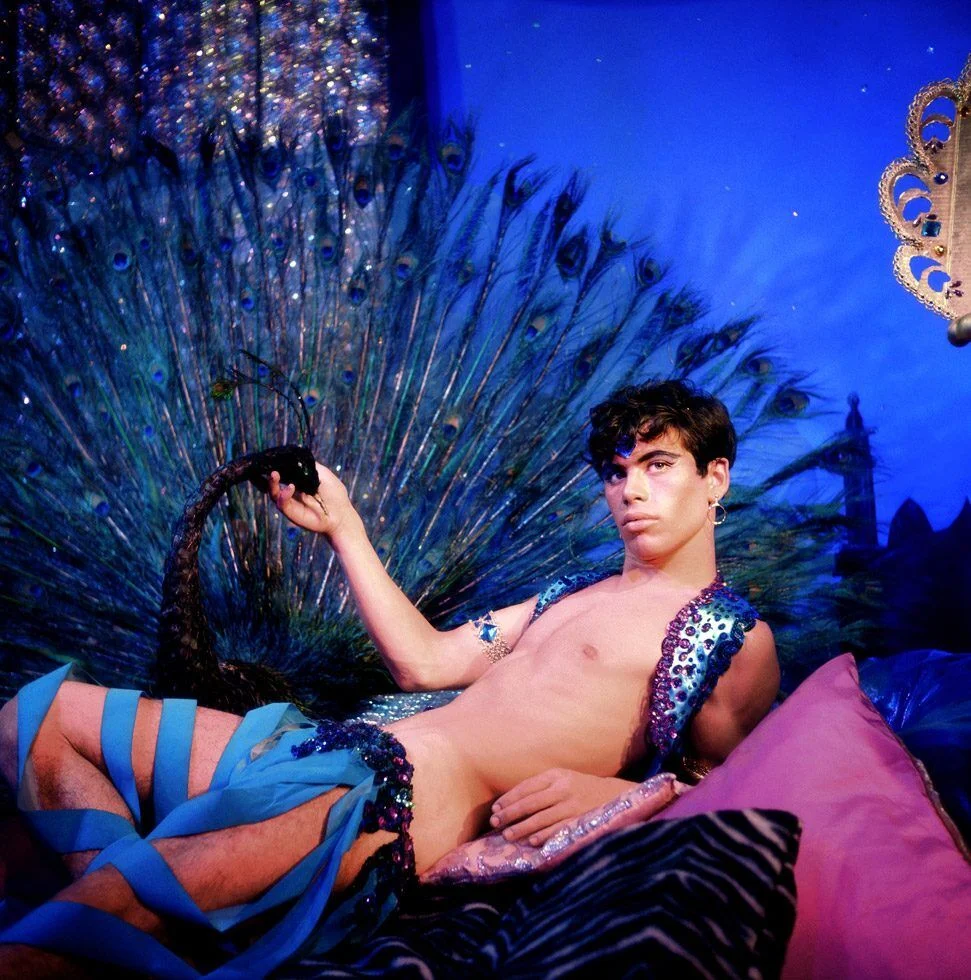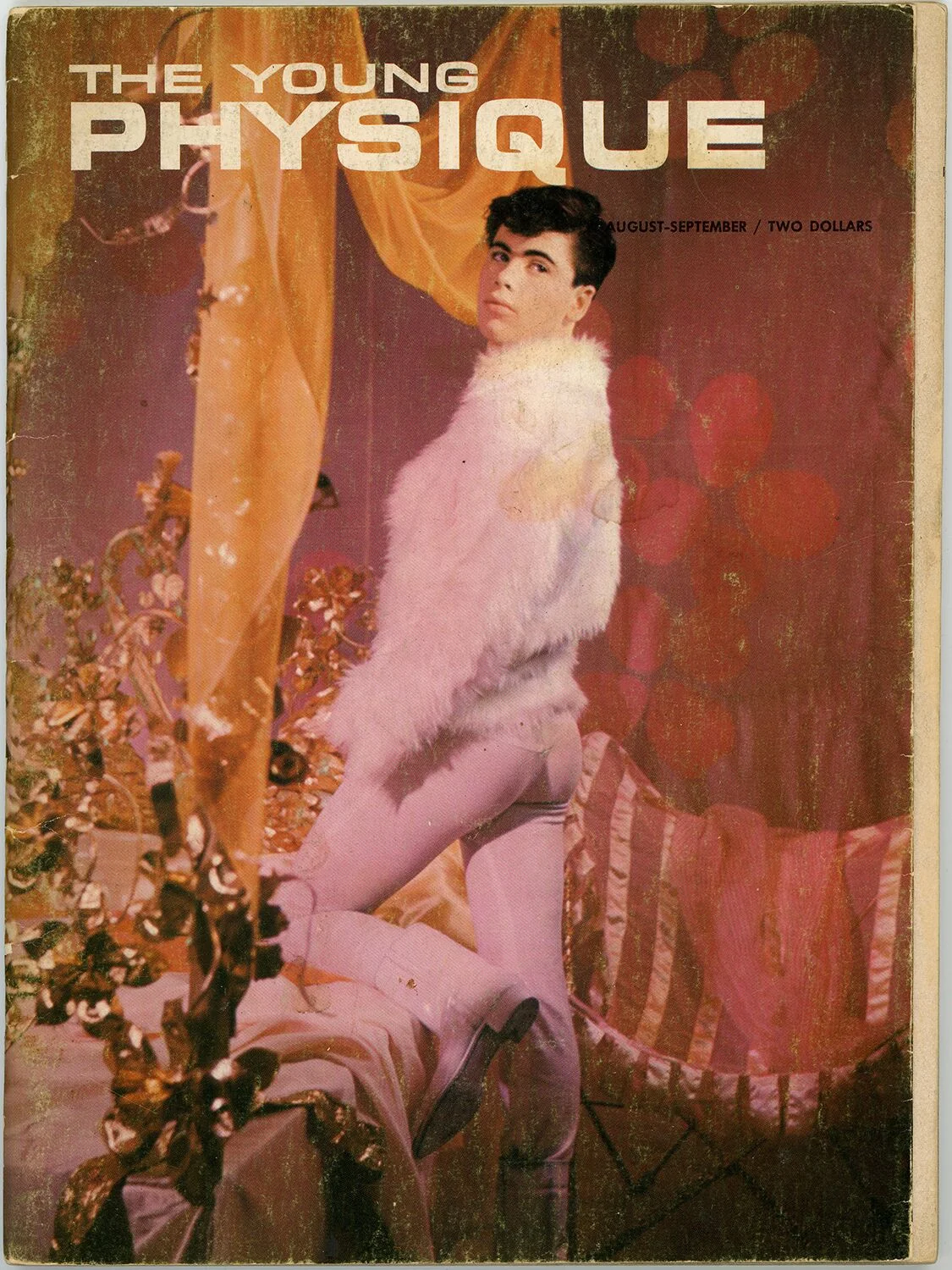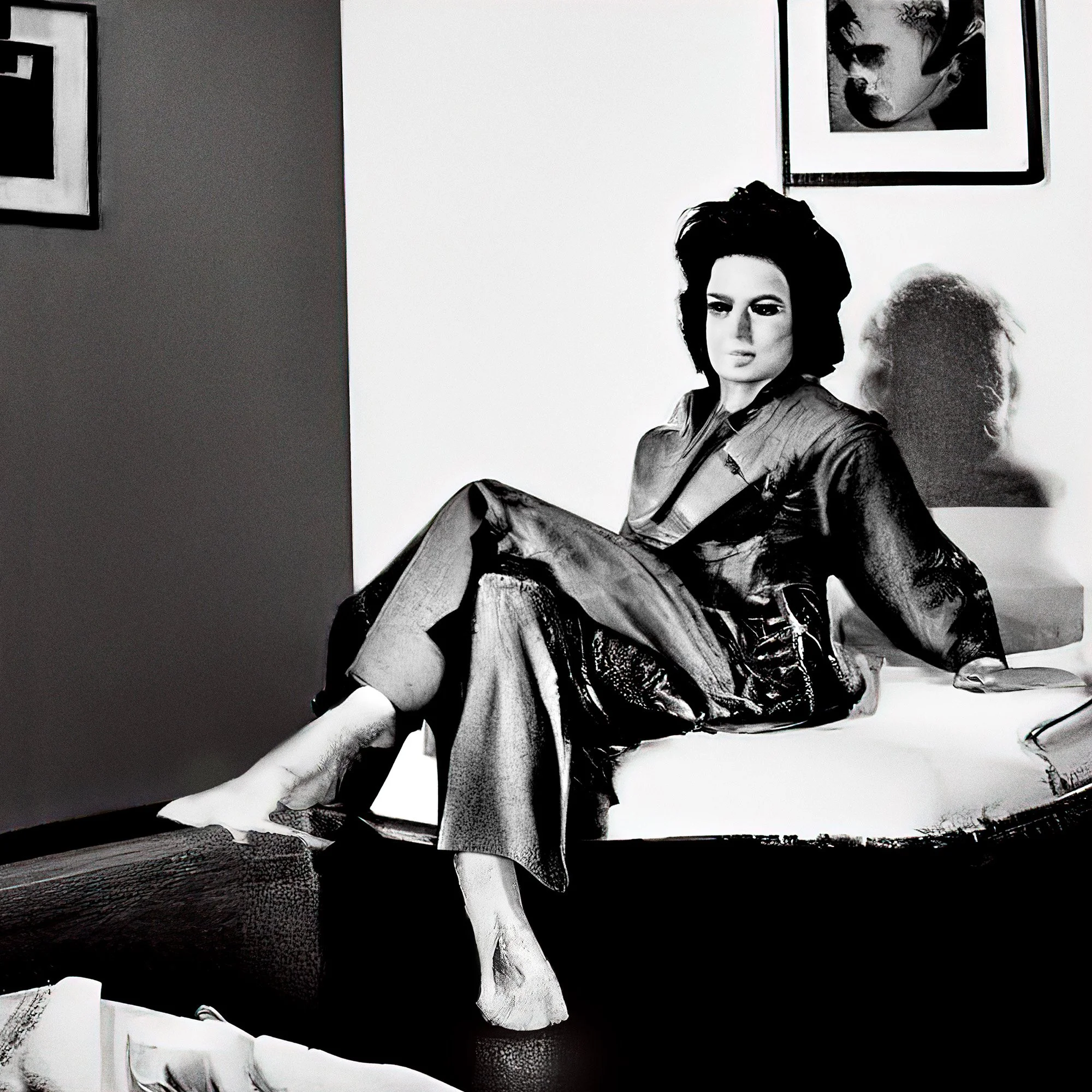Art Out: James Bidgood and Mariette Pathy Allen's Exhibitions
Courtesy of ClampArt New York
James Bidgood and Mariette Pathy Allen, two notable and separate species of artists, cohabit an entire level of MoSex curated by Lissa Rivera. Dilettantes and seasoned MoSex patrons begin their journey rejuvenated by Bidgood’s Reveries and end transfixed in Mariette Pathy Allen’s Rites of Passage: 1978-2006.
Each artists’ range of work serves as a reminder of the growth, both historically and artistically, in the acceptance of different sexualities and gender norms, while also offering an optimistic blueprint for improvement. Although photography is the majority, both exhibits mirror the other in the thoughtful selection of personal items: letters, documents, and memorabilia. A glass is held to the life of the artist, as well as to the conducive conditions of their respective eras. Through the collection, viewers can marvel at how repression can be reversed engineered into liberation and struggle made into meaningful art that evokes empathy.
Courtesy of Kelly McKaig
Despite being the perfect visual relics of the sixties and seventies, the photos of James Bidgood appear deceptively modern in their explosion of color and perspective. What Playboy did with feathers and furs for women, Bidgood discovered he could do with men. The photography is a delightful streamline of a world nuanced in metaphor, romance, and adventure, and yet there is no nudity or anything sexually explicit.
Bidgood was able to perfect his craft under the guise of fitness magazines, a kind of loophole for the gay communities to project their fantasies. Bidgood follows a canon of queer art that is heavily coded, as a result of having to remain under society’s radar. It would be easy to write off the evident sexual repression; however, French philosopher Michel Foucault could offer another notion that power can, sometimes, rise from below. Bidgood’s body of work is charged with sexual energy from every angle; the physiques of his Adonis-like models, the photographers gaze, and the setting all serve to empower others’ libido and self-validation that there exist other like individuals.
Courtesy of ClampArt New York
There is a furthered appreciation for the work with the knowledge of Bidgood’s humble roots as a multi-medium, artistically gifted boy from Wisconsin, who moved to New York and supported himself in drag at the legendary New York nightclub Club 82. In a glass case, there are fliers from the club along with a handwritten school note by Bidgood as child revealing both his musical talent and love of grandeur. At the club, he would hone his skills in design, light, and costumes.
Bidgood, at the time, designed costumes for the elite of New Yorker society. He famously incorporates repurposed materials from a Mardi Gras ball gown to create a kind of foliage for one of his photos. Lauded for his creativity in transforming spaces with household objects into other worlds, no one would know that the images of far off realms and ocean oases all transpired in Bidgood’s tiny tenement in Hell’s Kitchen.
James Bidgood gave a marginalized community a public persona through the use of fantasy, while Mariette Allen Pathy chose to create new space deep from within her subjects. Pathy is said to be the unofficial photographer of the transgender community and part of her craft, she has said, is to eliminate stereotypes by showcasing individuals, partners, and families in the “daylight.”
© Mariette Pathy Allen
Her work has helped, in the large efforts, to normalize other ways of living. Her journey began with a trip to New Orleans in the late seventies after an encounter with a group of drag women whom she felt instantly welcomed by, as well as magnetized to capture on film. Pathy over her career has fostered many lifelong friendships with her subjects. A photo of her friend Vicky hangs in the exhibit; there is an endearing quality to the way she holds her fur coat that is almost like a teddy bear.
In the glass case, there is recognition of Pathy’s uphill battle with lawsuits, prejudicial news clippings, and a rejection letter from publishers next to an overwhelming number of thank you notes for her first of five books Transformations: Crossdressers and Those Who Love Them (1989). The exhibit also offers a rare look into an assortment of unfinished and previously unseen photos over her career with a memorable photo of a person with a sign at a protest that reads, “Transsexuals are not disposable people.”
© Mariette Pathy Allen
People that Pathy has expressed are born male or female, but masculinity or femininity is entirely subjective to the individual. People are multilayered beings, an insight which is only enhanced as subjects like in Pathy’s photos are empowered and transformed under the lens, revealing other sides of themselves.
James Bidgood’s Reveries and Mariette Pathy Allen’s Rites of Passage: 1978-2006 are on view at MoSex from March 28th 2019 to Septembers 8th, 2019.
© Mariette Pathy Allen













